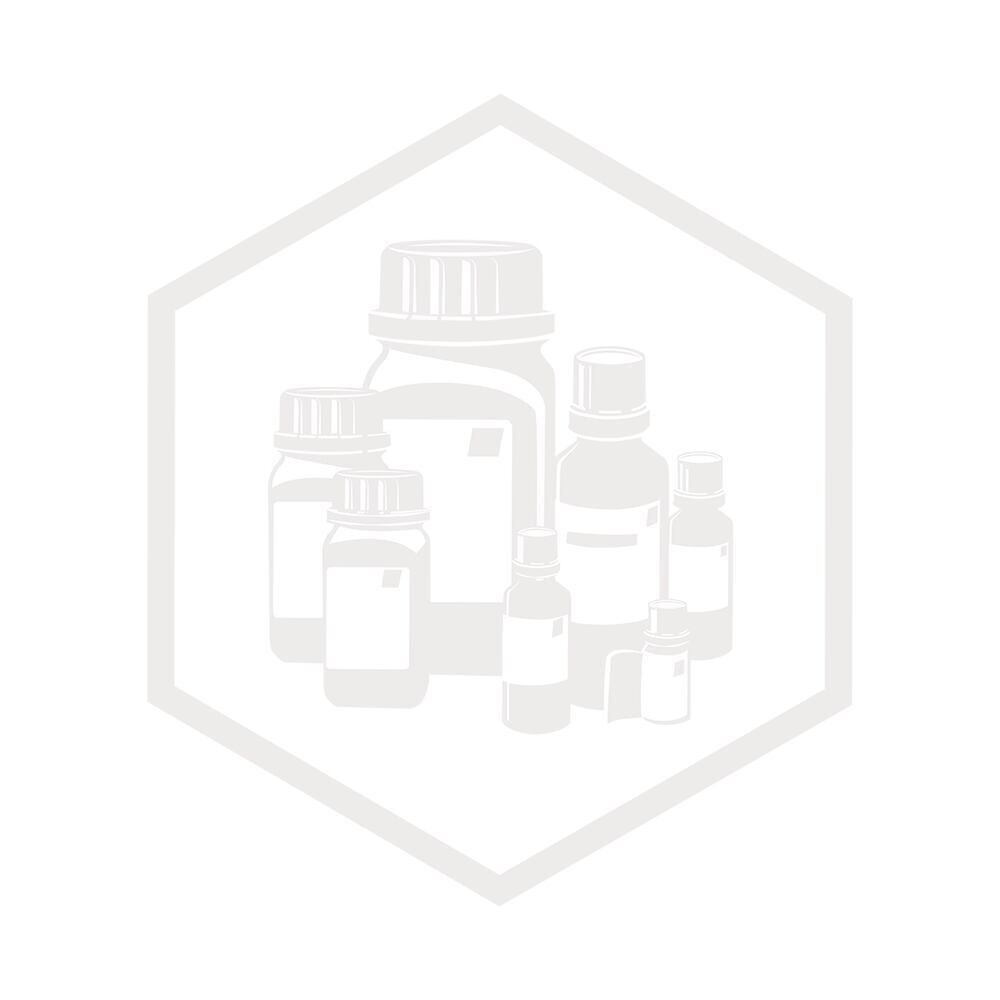Verzending 24–48 u • Levering in de hele EU • Veilige chemieverpakking
Sodium dihydrogen diphosphate 99+% 5 g
SKU 007023-3
€ 153,90
In stock
1
Save this product for later
Sodium dihydrogen diphosphate 99+% 5 g
Product Details
CAS number: 7758-16-9
Chemical formulas: Na2H2P2O7/ F.W. 221.94/ powder
Cation: Na
Packaging: 5 g
EAN: 8721028251367
Brand: Laboratoriumdiscounter
Sodium dihydrogen diphosphate is a food additive commonly used as a leavening agent in baked goods. It is also used in the production of processed cheese and as a pH regulator in the food industry. This chemical compound is known for its ability to improve the texture and flavor of food products, making it a popular ingredient in the food manufacturing industry.
When working with Sodium dihydrogen diphosphate, also known as monosodium phosphate, it is important to follow safety precautions to ensure your well-being. Here are some short safety instructions to keep in mind: 1. Personal Protective Equipment (PPE): Always wear appropriate PPE, including safety goggles, gloves, and a lab coat or protective clothing, when handling Sodium dihydrogen diphosphate. 2. Ventilation: Work in a well-ventilated area or use a fume hood to prevent the accumulation of any potentially harmful fumes or vapors. 3. Storage: Store Sodium dihydrogen diphosphate in a cool, dry place away from incompatible substances, such as strong acids or bases. Keep the container tightly closed when not in use. 4. Handling: Avoid direct contact with Sodium dihydrogen diphosphate. Use tools like spatulas or scoops to handle the substance, and avoid inhaling any dust or powder. 5. Spills: In case of a spill, carefully clean it up immediately. Use appropriate absorbent materials and dispose of them properly according to local regulations. 6. Fire safety: Sodium dihydrogen diphosphate is not flammable, but it may release irritating or toxic fumes when heated. Keep it away from open flames or ignition sources. 7. First aid: In case of accidental contact with Sodium dihydrogen diphosphate, immediately rinse the affected area with plenty of water. If swallowed or inhaled, seek medical attention promptly. 8. Disposal: Dispose of Sodium dihydrogen diphosphate according to local regulations. Do not pour it down the drain or dispose of it with regular waste. Remember, these are general safety instructions, and it is essential to consult the specific safety data sheet (SDS) and follow the guidelines provided by the manufacturer for the Sodium dihydrogen diphosphate you are working with.
Please note, not all safety data for this product is available on our website, for a complete list of P en H sentences and other safety instructions please request the MSDS at our customer service
You May Also Like

Methyl 4-amino-3-chlorobenzoate, 97.0%, 10g
Methyl 4-amino-3-chlorobenzoate, 97.0%, 10g
SKU F012690-10G
€ 25,30
Display prices in:EUR




![2-(TERT-BUTOXYCARBONYLAMINO)PYRAZOLO[1,5-A]PYRIMIDINE-3-CARBOXYLIC ACID, 95.0%, 100mg 2-(TERT-BUTOXYCARBONYLAMINO)PYRAZOLO[1,5-A]PYRIMIDINE-3-CARBOXYLIC ACID, 95.0%, 100mg](https://d2j6dbq0eux0bg.cloudfront.net/images/88473019/4857799747.png)




![N-[3-[[5-Fluoro-2-[[4-(2-methoxyethoxy)phenyl]amino]-4-pyrimidinyl]amino]phenyl]-2-propenamide, 98%, 250mg N-[3-[[5-Fluoro-2-[[4-(2-methoxyethoxy)phenyl]amino]-4-pyrimidinyl]amino]phenyl]-2-propenamide, 98%, 250mg](https://d2j6dbq0eux0bg.cloudfront.net/images/88473019/4780560132.png)


